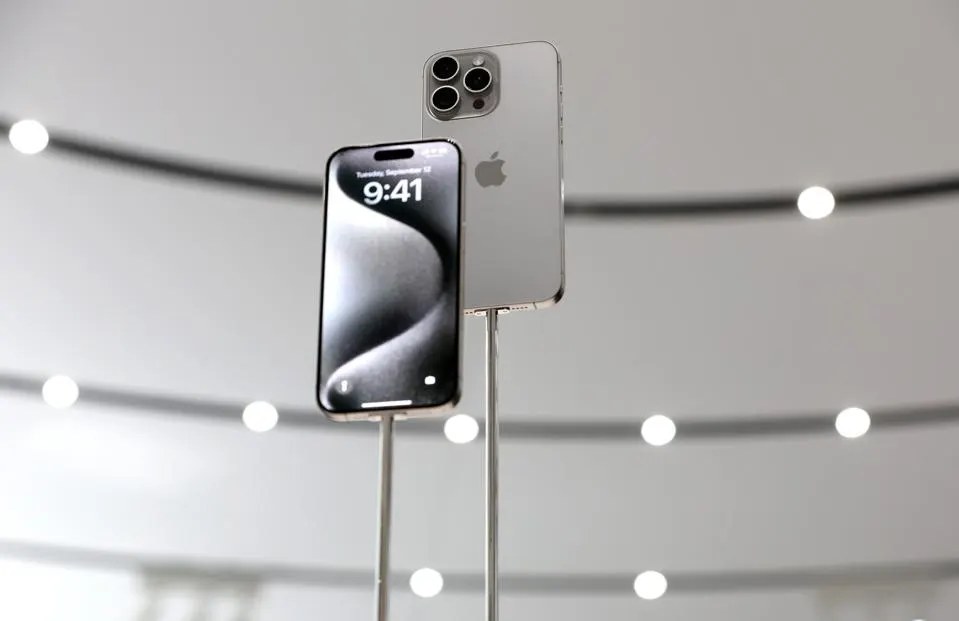As we edge closer to the expected unveiling of the next iPhones, the iPhone 16 series, there have already been numerous leaks, from different displays on some models to wider implementation of the exceptional tetraprism camera, more efficient OLED displays and an improved main camera sensor. Now, there’s a report of a change that’s a complete surprise: a change to MagSafe. Not only might this mean a better look, but a significant performance uptick, too.

May 5 update below. This post was first published on May 4, 2024.
As you’ll know, Apple brought MagSafe to the iPhone in 2020 alongside the release of the iPhone 12 series.
Wireless charging had come to Apple’s phones three years before and it was great, but there was that nasty possibility that if you didn’t put the phone on the charging pad just right, you’d wake up in the morning to find the phone hadn’t charged.
A ring of magnets in the back of the iPhone and corresponding magnets in the charger solved this problem perfectly. MagSafe was a big success, so much so that the magnet ring is now a part of Qi2 chargers, which work with Android phones, too.
Now, ShopSystem, a French website, has published images of casemaking molds which are claimed to be for the iPhone 16 series, and which show the cut-outs where the MagSafe magnets will sit.
They are similarly placed to current models but are noticeably much thinner, though in the familiar circle plus separate bar, looking as ever like a magnifying glass.
What does this mean? Well, Apple routinely looks to improve design elements and has obviously found a way to achieve the same effect with a thinner, more discreet magnet set-up.
Your next question will be, what about earlier iPhones and earlier MagSafe chargers? Well, it was certainly mine.
They’ll be certain to work. Apple will have factored in backward compatibility: just think of how the Apple Watch can still use bands designed for the first Apple Watch released almost 10 years ago.
I would be flabbergasted if Apple has not fully factored this in.
At the very least this change should mean that the design of transparent iPhone cases could look that bit subtler, but there may also be a bigger change that goes further than the way it looks and relates to performance.
A previous claim, picked up by MacRumors, suggested that Apple has previously tested faster charging, up to 20W charging via MagSafe, against the 15W maximum right now. That rumor surfaced last year but was said to be for the iPhone 16 series.
That would make for much faster wireless charging and, if that previous report is right, faster wired charging, too, up from the current 29W to 40W.
If this is true, then—as is so often the case with Apple—design and performance enhancements will be going hand-in-hand.
May 5 update.
How big are your hands? Same size as yesterday, right?
Some of the most recent leaks about the iPhone 16 and iPhone 16 Pro series have revealed that there could be noticeable size increases coming.
According to the reliable Sonny Dickson on X a few days ago, it’s the iPhone 16 Pro Max which is going to be the grip-stretcher, thanks to its biggest-ever screen size, 6.9 inches, a noticeable increase from the current iPhone 15 Pro Max’s 6.7 inches.
As Axel Metz at Tech Radar points out, “ the increased screen size of both models will reportedly allow for an ultrawide camera upgrade on the iPhone 16 Pro and Pro Max, and an optical zoom range boost for the iPhone 16 Pro Max.”
Metz says “the iPhone 16 Pro Max looks absolutely huge.” So, should your fingers be worried?
Well, although your little pinky might have trouble reaching across the display, Apple will definitely have done extensive tests to ensure that most mitts can manage.
The thing is, usually a bigger screen is achieved by using thinner bezels, but the iPhone’s screen edges are already very narrow, so there’s limited room for expansion there.
We’ll find out more in due course, but I’m quietly confident that Apple will have found a way to make this new design work, perhaps by changing the screen ratio so the new phone is taller and thinner, though Dickson’s mock-ups look pretty similar in proportions. More as we have it.
This article was first published on forbes.com and all figures are in USD.


